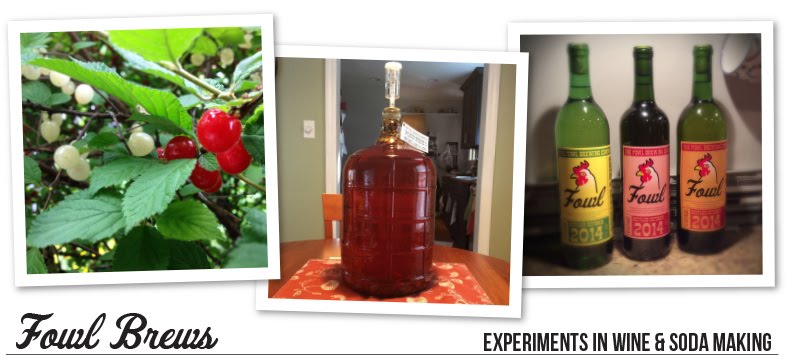Ginger Bug Experiment
My ginger bug has been active now for three weeks. I've cleaned and replaced the jars every week and have fed the bug sugar and sliced ginger on and off. I recently brought the bug upstairs after sitting in a 50 degree basement for five days. The bug tastes slightly sour, with a sharp ginger flavor. I believe most of the sugar was converted to alcohol and needs a bit of freshening up.
To revive the Ginger Bug, I poured the bug into a clean mason jar and removed most of the sediment and added sliced ginger. I also added about four tablespoons of jaggery, a 1/4 tsp of acid blend and a 1/2 tsp of yeast nutrient before topping up with water.
Brix: 8.2%
Specific Gravity: 1.034
Let's see if the bug will perk up. I'm hopeful that the bug will continue to thrive.
It's been a few days and the Ginger Bug has revived, I brewed a tea and added the bug for a new experiment in my sparkling beverage odyssey. I'll call this Live Chai Tea!
I usually brew 1-gallon batches, but with this Bug Starter, I can make any size batch I want very quickly. I'll have to experiment with quantities of sugar and flavorings to see what works best. Recipe below.
It's Alive, Live Chai Tea Soda
Makes 1-liter.
To a stock pot add 3-cups water, 1-cinnamon stick, Fennel seeds, 1-2 star anise, cardamom pods (crushed) 2-teaspoons black tea and about 1/3 cup of Jaggery. Simmer for about a five minutes and cool. Add to a quart bottle, add about a cup of ginger bug starter and top up with water. Shake well and cover with a piece of coffee filter affixed with a rubber band. Let sit to ferment for a few hours then cap. Leave in a warm place for 12 hours.
When carbonated, place in the fridge.
Brix: 6
Specific Gravity: 1.0237
02-22-2016: the soda carbonated overnight and is extremely active. I placed the bottle in the refrigerator to cool.
02-22-2016: first impressions, the chai flavor is working, but it could use a bit more tea and ginger. Not sweet like I expected either, only about 1/3 cup was added, though. What I did notice was the excessive foaming that occurred when opening the bottle. That didn't happen last time which was surprising and the soda was not as fizzy either. Perhaps leaving the bottle in a warm place for 24 hours loosely covered would have helped. Then cap the bottle and leave it another day before placing it in the fridge. It's also possible that the carbonation was lost when I burped the bottle before it cooled off in the fridge. I did get excessive foaming at that time.
 |
| It's alive alright and very naughty. Notice the bubbles forming in the bottle. |











